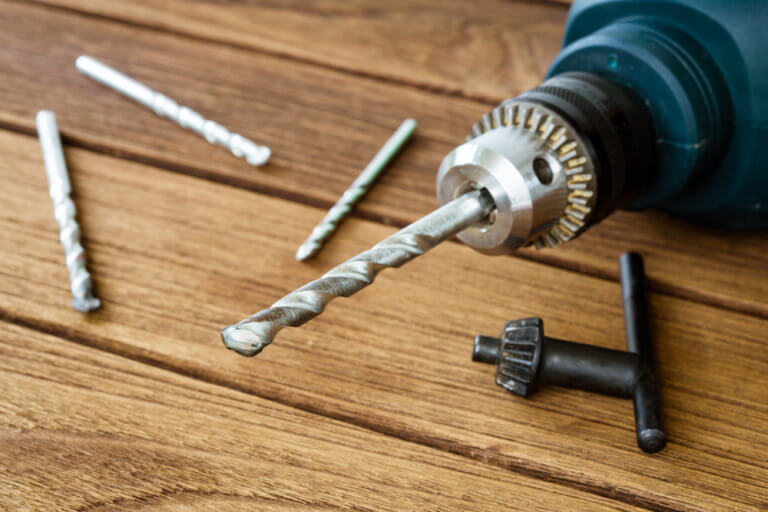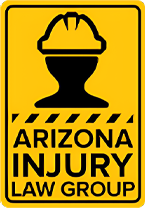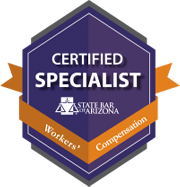Safe Use of Two Common Powered Hand Tools

ELECTRIC POWER DRILLS

Electric power drills, both corded and cordless, are used in a wide range of construction and manufacturing operations. The first commercially successful model patented by the Black and Decker Company in 1917. Power drills significantly reduce the time and physical effort required to operate a hand-cranked drill or brace and bit.
As with all powered tools, however, careless or improper use can result in injuries, including puncture wounds and lacerations, burns from hot drill bits and eye injuries from flying debris. In addition to the electric and pneumatic-powered hand tool safety standards adopted by the Occupational Safety and Health Administration, here are a few precautions to bear in mind when using this common power tool.
– As with any power tool, be sure you either read the owner’s manual or otherwise receive instruction in proper use.
– Wear proper eye protection. Regular corrective eyewear alone does not provide adequate protection from flying debris
– Check for loose sleeves, shirttails or other loose clothing. If your hair is worn long enough to present an entanglement hazard, be sure it’s tied back out of the way, and remove any dangling necklaces, bracelets or other similar items
‒ Unplug the drill, and, if necessary, give it time to cool off before changing bits.
‒ Be sure the drill bit is secured in the chuck, and that the chuck key has been removed
– Use clamps or a vise to hold smaller workpieces. Never drill material held in your hand alone. To avoid drilling into your hands, be mindful of their placement
‒ All corded power tool motors produce sparks. Never use one near an open container of gasoline or other flammable liquid or in a potentially explosive atmosphere
‒ To prevent electric shocks, don’t use an electric drill in wet conditions, and be sure that the tool is plugged into a properly grounded outlet.
– Keep fingers away from the trigger switch until the drill is in place and you are ready to begin
‒ Let the drill motor do the work. If you are exerting what feels like excessive pressure, it’s probably time to change the bit.
‒ Maintain a firm grip with both hands. If there is an auxiliary handle, use it.
– To avoid neck, back, and other injuries, avoid using a drill above shoulder height
‒ Never pick up or carry a corded drill by its power cord, and don’t’ use a drill with a frayed or damaged cord
– For cordless drills, be sure to use only the manufacturer’s recommended battery and charger, and follow all charging instructions and precautions
POWER NAILERS
Most workers in wood construction and roofing use air powered nailers. They have greatly increased the speed with which nails can be driven, and the sound of these devices at construction sites has become as common as that of hammer blows. At the same time, “nail guns” carry risks that a hammer does not.
According to the national Centers for Disease Control and Prevention, between 2001 and 2005 there were about 37,000 nailer-related emergency room visits per year, with around seven of every ten being work-related. The most common injuries are puncture wounds to extremities (including feet and toes), but injuries to eyes and internal organs and even skull punctures have occurred.
Many of the precautions listed above for power drills also apply when using a nailer. In addition, however:
‒ Because nailers fire nails at high velocity, ricochet injuries can occur. Be sure that you as well as all those working nearby are wearing eye protection
‒ Treat the nailer as you would a loaded gun – never point the muzzle toward yourself or another person
‒ Disconnect the air hose when reloading, doing maintenance or handing the nailer off ot another person
‒ Hold the nailer firmly against the nailing surface to prevent recoil and accidental firing of multiple nails
‒ A study by the Center for Construction Research and Training concluded that sequential nailers, which require the nose of the gun to be depressed before they will fire, are significantly less likely to cause injuries
Get Help Today
Call Immediately For A Free, No Obligation Consultation And Let Us Help You Put Your Life Back On Track. Let Us Help You
Regain Normalcy And Stability Again. We Want To Help You Get The Benefits You Need And Deserve!


